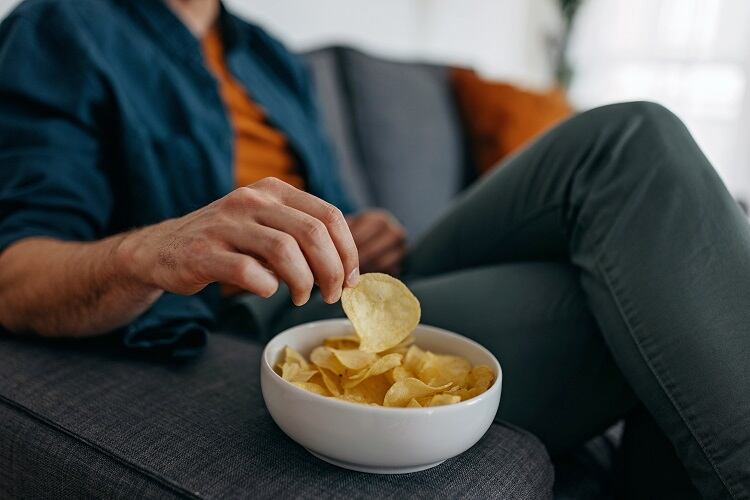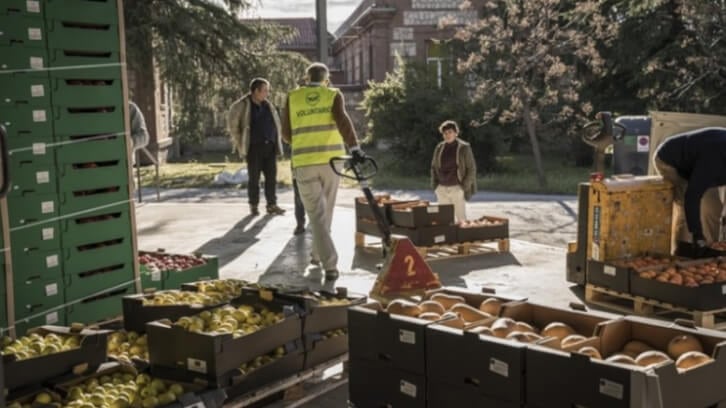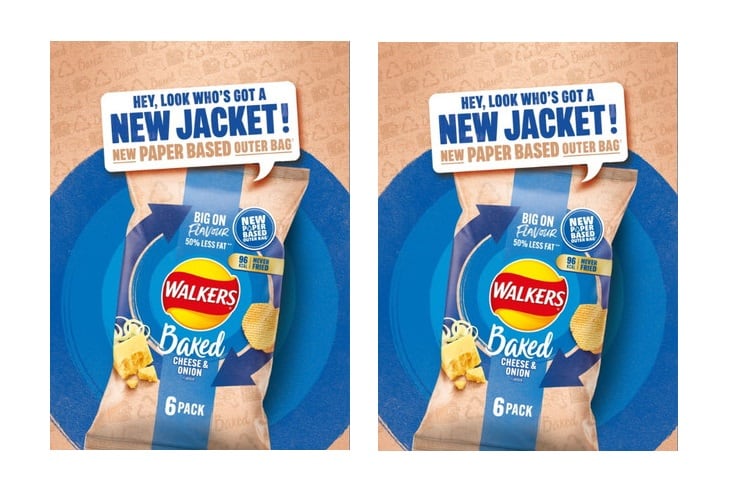Powering food and drink manufacturing processes with green energy, instead of fossil fuels, significantly reduces a company’s carbon footprint. But relying solely on green energy is a challenge: at some periods of the day the sun and wind is unable to generate enough energy to power manufacturing processes, while at others, a surplus is produced.
This was a concern for snacks and drinks major PepsiCo, who has been looking to integrate more renewable energy into its Broek op Langedijk production plant – where the company makes Lay’s and Cheetos crisp products – in the Netherlands.
“We needed to disconnect from [natural gas] and move to renewable energy,” recalled Katharina Stenholm, PepsiCo’s outgoing SVP chief sustainability officer, Europe. But at the same time, the solution had to be ‘cost competitive’. “There is obviously a lot of inflation going into food prices, so we are determined to find sustainable solutions that do not imply higher costs.”
The solution was developed in collaboration with PepsiCo’s energy partner Eneco, and leverages technology from German start-up Kraftblock: a thermal battery that stores excess green energy for later use.
Storing excess green energy with thermal batteries
Kraftblock’s technology works thanks to an ‘innovative’ material capable of storing temperatures up to 1,300˚C. Once heat is transferred from the heat transfer medium – in PepsiCo’s case, from hot air heated by wind energy – to the storage system, it can be used for a period of up to two weeks. At the Broek op Langedijk site, the stored energy is being used to heat thermal oil, which in turn, heats cooking oil to fry PepsiCo crisps.
During the night and in off-peak periods, PepsiCo is now able to source cheaper renewable electricity from North Sea windfarms and convert it to hot air. This heats up Kraftblock’s iron ‘nuggets’ to 800˚C in ‘super’ insulated storage units. In parallel, PepsiCo uses direct electrification to power two of its electric thermal oil boilers.
During the daytime, and peak periods (when energy costs are higher), PepsiCo can switch off its electric thermal oil boilers, extract heat from the storage units in the form of hot air and then use a hot air to thermal oil heat exchanger to supply energy to its production processes.
“We now have the opportunity to store renewable energy, which means we can pull energy at off-peak times when the prices are favourable…and take energy during nights and weekends, even if our demand is not high – to store and use later. That’s the novelty and beauty of this solution,” Stenholm told FoodNavigator.
Replacing natural gas with sustainability electricity will lead to a reduction of around 50% CO2, with the aim of achieving a 98% reduction.
Challenges in implementation
Installing new technology at scale is never an easy process. And as Stenholm explained, the solution, co-developed in partnership with Eneco, was not as simple as ‘taking it off the shelf and plugging it in’.
“The novelty of the technology brings its own challenges,” she told this publication. “Another challenge is when you integrate something into an existing site – it’s always more complicated that at a greenfield site.”
In terms of logistics, for example, Kraftblock’s batteries need to be located relatively close to the thermal oil boiler house on-site, we were told. “So we had to rethink the logistics on the site to facilitate the space needed for this new unit.” Operations, too, are a factor, given that the Broek op Langedijk plant is one of PepsiCo’s top 20 snacks sites. “When you’re installing [new technology] into a factory running every day, you need to be careful about how you plan it, so that you can keep producing while installing.”
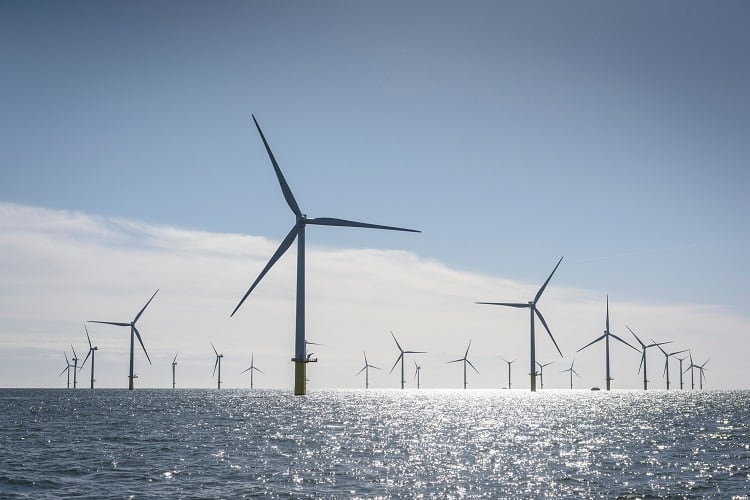
The install marks the first in Europe, and within PepsiCo’s business worldwide, to fully decarbonise the operation of a snacks plant. The company has installed two units at its Broek op Langedijk site, with plans to install a third if the pilots are successful.
Scouting for innovation
The company’s decarbonisation project aligns with its PepsiCo Positive (pep+) agenda: the snacks major has pledged to reduce greenhouse gas (GHG) emissions by more than 40% by 2030 and achieve net zero emissions by 2040. Within its own operations, PepsiCo plans to reduce GHG emissions by 75% by 2030.
Looking to new innovations, such as Kraftblock’s thermal battery technology, is part of the solution, explained Stenholm. “We have teams dedicated to sourcing solutions for the unsolved problems, and it’s probably not a coincidence that we are in the Netherlands – because the Netherlands is a very supportive environment for new innovative technologies.”
When scouting for new solutions, the company is conscious of its supply base, too. Sometimes, PepsiCo’s traditional suppliers will develop a new solution, but more often the ‘breakthrough’ technologies come from start-ups, she explained. “A company like PepsiCo has the opportunity to help start-ups with great ideas [link with] established players with an industrial footprint.
“We can help them come together and [create] something that scales faster that a start-up could perhaps do themselves.”
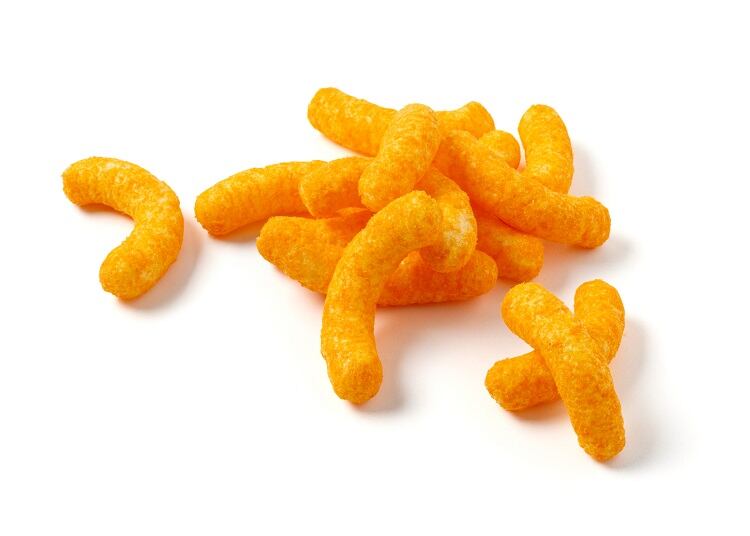
This month marks Stenholm’s departure from the company, which means PepsiCo’s sustainability ambitions will now be overseen by a new chief sustainability officer in Europe. Archana Jagannathan was leading on climate, energy and water across Europe for PepsiCo, as well as being vice president for sustainability in the UK and Ireland, prior to taking on the new role.
“PepsiCo has long had a strong vision and commitment to its sustainability agenda and pep+ provides the entire organisation with a clear roadmap to sustainably grow and bring value to the planet and people,” Jagannathan commented. “We’re taking significant action to deliver on that vision and I look forward to continuing my work embedding pep+ into our decision making and wider business strategy.”


